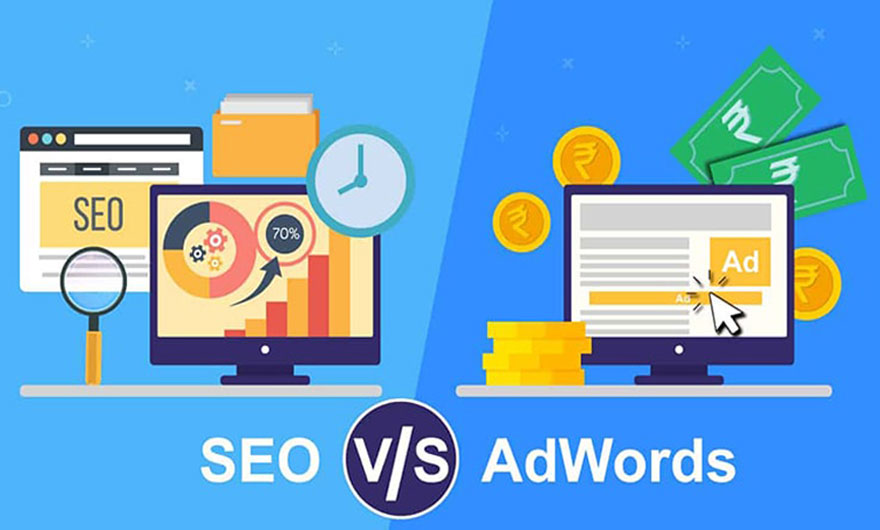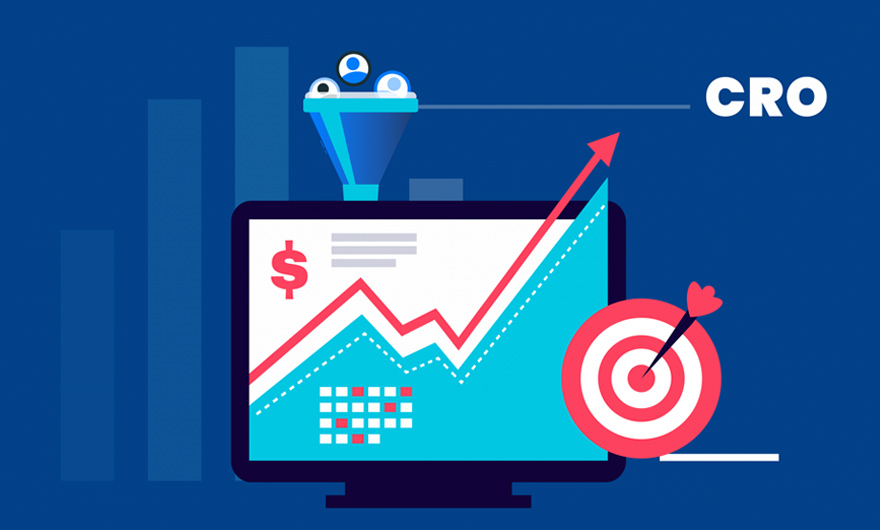Retargeting marketing (Re-targeting) is a type of advertising in which your ad will only be displayed to people who have already visited your site.
In this case, you are not looking to attract new users to your site and business, but to convert old users into customers.( Customer is used when you are a seller of a product or service, but in general, the buying can be placed next to site membership, filling out forms, downloading files, etc.)
If we want to explore the concept of re-targeting or retargeting, we have to say that this technique will repeat the name of your products and services for limited users. In fact, most users will leave the site without using your product or service.
If you use this type of advertising, when a user leaves your site and later browses to other sites, they will meet your site ad again (which could be your regular page or your shop page ad). In fact, online advertising services will allow you to do this which we will discuss in more detail below.
Today, people who are professional and serious in the field of digital marketing use this technology as a vital tool in communicating with customers. In this way, they increase the conversion rate and sales.
How does Retargeting marketing work?

Retargeting is a cookie-based technology that uses simple JavaScript code to track your audience across the web anonymously.
The way it works is that you put a small, simple code on your website (this code is sometimes known as a pixel). The code or pixel is not visible for your site visitors and has no effect on the performance of your site.
Every time a new visitor comes to your site, this code sends a cookie to the user’s browser and adds it to a specific space. Later, when this visitor is active on the web, this cookie allows the company that offers you retargeting ads to identify the user and show them the ads, and it make you sure that the ads only presented to people who have already visited your site.
How to use it
To use retargeting, you need to do the following steps. These methods are more in line with Google Ads. These methods include:
- Create retargeting lists of visitors: Divide visitors into several groups. Depending on the settings, those who have visited the home page, product page and other services will be added to specific groups. And depending on the group they are in, they will see ads on web while they’re browsing next time.
- Use effective banner ads: Use text and video ads.
- Tag all your web pages and applications with retargeting code: To use retargeting, you must place the code, pixel, or tag of the company that offers retargeting ads on all of your web pages.
- Create the right message for each group: In retargeting ads, you can show a specific message to each of your target visitors.
Why is Retargeting marketing important?
Ideally, the user is expected to purchase the product or service after the first visit to the site. But in practice this rarely happens.
In fact, more than 96% of users who visit your site never start the purchase process and eventually leave the site.
This is where the role of this technique in the sales process becomes sensible:
With retargeting ads, you can re-introduce your product or service while the user is browsing the Internet. It does not matter whether the user keep searching on social media or on their favorite news sites or on your competitor sites; In any case, re-targeting will help you to introduce yourself to the user again.
Categorize users based on different behaviors and interests in different ways. Finally, target them based on the categories done.
Regardless of the category you use for retargeting, keep in mind that you are targeting users who have visited your site once. This means that they once liked the content of your site.
Strategies and Types of retargeting
Conceptual re-targeting
Marketers categorize the target community based on site-related content. On the other hand, in the conceptual retargeting, they try to display ads on sites which are related conceptually to their own site.
Behavioral re-targeting
People who work in the field of marketing will try to categorize and define the target community based on the activities performed by the user. Re-targeting, on the other hand, is a different kind of behavioral targeting that targets users who visit the site.
For example, if a user has visited a private page on the site, when they search on other sites, they will see an advertising banner containing a product that they’ve visited on the previous site.
Pixel-Based Retargeting
This feature allows you to display your ad to all anonymous visitors of the site. When a person visits a specific page on the site, the cookie browser will save the information on that page.
Cookies are then used to display ads that are appropriate for the intended user. The only turning point of this strategy is that you will always be dependent on the behavior of users, and in fact, if no traffic enters the site, there will be no news of behavioral and pixel targeting.
Social Retargeting
This strategy is done in social networks and is a kind of pixel targeting. So the way the two work is quite similar to each other. You target users on social media platforms and encourage them to buy again. To this end, any likes, comments and other behavior that is related to your product or service creates an opportunity to display the banner.
The social networks Facebook, Twitter, LinkedIn and YouTube support retargeting ads.
List-Based Retargeting Strategy
Another way to target your site audience is to use email addresses that you have already saved in your email list. In this way, you will have a list of emails and then send ads to them on the desired platforms.
Search Retargeting Strategy
As you might have guessed, this marketing method allows you to take the necessary steps to increase sales based on the behavior of users in search engines. In this way, the amount of site traffic can also be increased.
In this way, the ads are displayed only to those who have previously searched for a product or service similar to your site.
In-Site Retargeting
In this type of retargeting, as defined in the previous section, we identify users who have visited your website or done a specific job on your website, and show them online ads. Users can be rediscovered based on their interaction:
- Targeting based on site visitors (visit any page of the site)
- Target based on the product they saw but did not buy.
- Targeting based on how it reaches your website (such as inbound traffic from Google, social media, etc.)
- Target based on visits to a specific page (for example, service pricing package page)
Off-site retargeting
Large social networks such as Facebook, LinkedIn, and…, which also offer ads, also give you the ability to re-target. In this case, you can re-target users who:
- They have seen your profile page.
- Follow your profile page.
- Interacted with your content (likes, comments, etc.)
- They have done the above three for competitors’ pages.
The image below is related to determining the audience of ads on Facebook, where you can choose the type of user interaction on Facebook.

The image below shows that we can upload the list of retarget users on different platforms.

What is Remarketing?
Google Remarketing is defined as the process by which we re-market those who have already been marketed by the business. In other words, run your marketing campaign for current customers, past customers, site users, and try to engage with them and re-market them for repurchase based on their site activity and purchase history.
Remarketing is usually done with the help of email and can include the following example email campaign ideas:
- Provide offers to buy products that are related to customers’ previous purchases.
- Display special sales campaigns to customers based on their previous buying behavior.
- Remind customers of products they have added to their shopping cart but have not finalized their purchase.
- Send a discount code to users who have been members for a few weeks but have not made a purchase.
Campaign Monitor website’s researches states that segmented and targeted email campaigns can increase revenue by up to 760%. This is one of the major benefits of remarketing because it leads old customers to repurchases. So new customers and new sales can be obtained at a lower cost.
Retargeting is different from remarketing. Though, they are often used interchangeably. But the fact is that the two are different.

Remarketing involves a wide range of tasks that lead to the return of old users and customers to your site. As the name implies, it is a type of marketing that is specific to users you have marketed to them once.
Now one of the techniques and methods that you can use in remarketing is retargeting ads.
The term retargeting is used when you display your ads to users who have already visited your site. These ads can be done on the web or mobile applications. In this case, users have visited your site once. This technique uses information about the user’s cookies.
But the term remarketing is used when you retrieve a list of old users in your data archive and invite old users to do something (such as make a purchase) through methods such as email, call or web / mobile notifications.







Leave feedback about this
You must be logged in to post a comment.